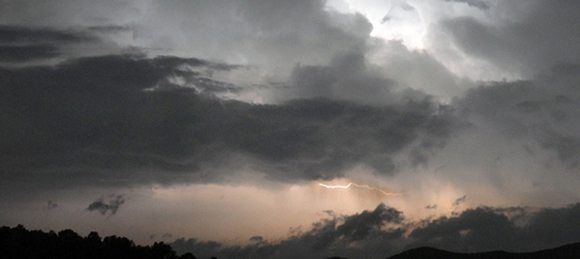This article is part of the Fire Basics for Kids series.
What do you think or feel when you read those words?
Do you think about a prairie fire, a forest fire, or a fire in sagebrush and scrub? Are you worried, excited, or curious? Whatever your response, it is a key fact that wildland fires can help certain ecosystems remain healthy and productive.
Fires have burned across the earth for millions of years and continue to do so today. Evidence of fires that burned in the past exists in petrified trees that lived long ago and have, over many years, turned hard like a rock. Some petrified trees have fossilized charcoal called fusain in their trunks. Fusain shows that the trees were once in the path of a fire. On a living tree, burn marks are called fire scars.
Fires occur naturally with the help of lightning and lava, but people start most fires. Humans start approximately 90 percent of wildland fires! Most times, they start fires accidentally. In some cases, people light fires to harm others or commit fraud. This is called arson. Lightning and lava start the remaining 10 percent of wildland fires.
Did you know that lightning strikes the earth about 100 times each second? Did you know that lightning temperatures can sometimes reach more than 50,000℉ (28,000℃)? That’s more than five times hotter than the sun’s surface! Imagine what happens when lightning strikes a field of dry grass.

Part of a series of articles titled Fire Basics for Kids.
Last updated: January 4, 2017
